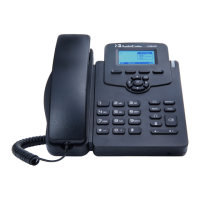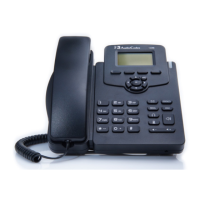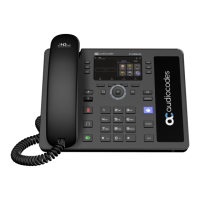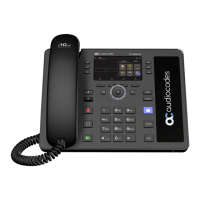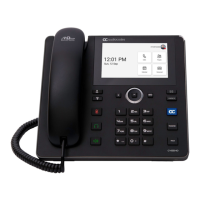| Cables included | LAN (RJ-45) |
|---|
| AC adapter included | Yes |
|---|
| Number of handles included | 1 pc(s) |
|---|
| Voice codecs | G.711Mu, G.711a, G.722, G.729A, G.729B, OPUS |
|---|
| Certification | FCC 15 B, ICES-003 B, EN55032 B, EN61000-3-2, EN61000-3-3, UL-60950-1, EN60950-1, IEC-60950-1 (CB), CE, cTUVus RCM, KC, Anatel, CCC, ICASA, EAC, IC, ACTA, VCCI, BSMI |
|---|
| Storage temperature (T-T) | -20 - 70 °C |
|---|
| Operating temperature (T-T) | 0 - 40 °C |
|---|
| Lines quantity | 2 lines |
|---|
| Phonebook capacity | - entries |
|---|
| Wi-Fi | No |
|---|
| Security algorithms | HTTPS, SRTP, SSL/TLS |
|---|
| Networking standards | IEEE 802.1Q, IEEE 802.1p, IEEE 802.1x, IEEE 802.3af |
|---|
| Ethernet LAN data rates | 10, 100, 1000 Mbit/s |
|---|
| Ethernet LAN interface type | Gigabit Ethernet |
|---|
| Supported network protocols | IPv4, TCP, UDP, ICMP, ARP, RTP, SRTP, RTCP-XR, 802.1x, IP/DHCP IP, IEEE 802.1p/Q, QoS/ToS, HTTP/HTTPS/DHCP, NTP, FTP/TFTP, CDP/LLDP VLAN, LDAP |
|---|
| Display resolution | 132 x 64 pixels |
|---|
| Dual-Tone Multi-Frequency (DTMF) modes | SIP info |
|---|
| AC adapter input voltage | 100 - 240 V |
|---|
| Volume control | Buttons |
|---|
| Number of programmable keys | 4 |
|---|
| USB 2.0 ports quantity | 1 |
|---|
| Ethernet LAN (RJ-45) ports | 2 |
|---|
| Handset type | Wired handset |
|---|
| Product type | IP Phone |
|---|
| Product color | Black |
|---|
